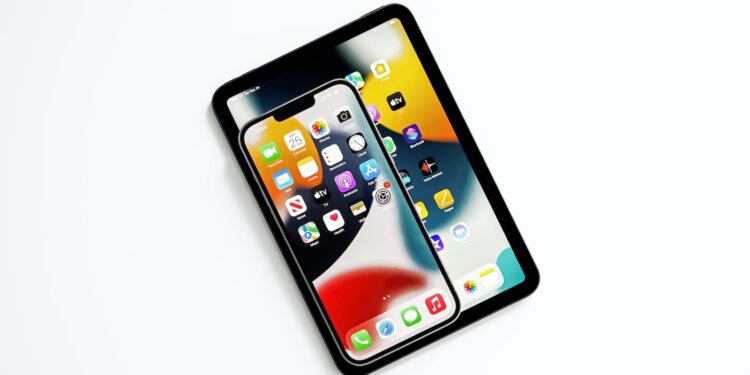Apple has been working behind the scenes on the technology that will power the iPhone Fold for years. While many other manufacturers focus on hardware, Apple's real advantage lies in software. And this wasn't just planned yesterday; it has its roots in features that have been around for over a decade.
When Apple launches a foldable iPhone in 2026, it will differ from the competition in many ways. The most visible innovation is, of course, the foldable display. But the decisive advantage lies in something else: Apple has been building the necessary foundation in iOS since 2014. More specifically, with a feature called "size classes" and a focus on adaptive app layouts. This foundation could ensure that the iPhone Fold offers a smooth and well-thought-out user experience from day one.
Size classes: The beginning is in iOS 8
Back in 2014, Apple introduced an important developer tool with iOS 8: size classes. These allow app interfaces to be designed to automatically adapt to different screen sizes and formats. This feature was intended as a preparation for the larger iPhones—specifically, the iPhone 6 and iPhone 6 Plus. Until then, all iPhones had very similar display sizes, but with the launch of the new models, this changed significantly. Apple knew that apps needed to be flexible, so the architecture was expanded accordingly early on.
iPad features benefited early from the new tools
A year later, with iOS 9, true multitasking features came to the iPad for the first time – including Split View and Slide Over. These features worked particularly well with apps that already utilized Apple's new size classes. For many developers, the early implementation of adaptive layouts paid off immediately. And this lays the foundation for the iPhone Fold to have no problems adapting. After all, anyone who made their app iPad-ready back then is most likely ready for the foldable iPhone today.
Android foldables still struggle with the software
Things are quite different on Android. Whether it's tablets or foldables like the Galaxy Z Fold, a frequently cited weakness is the software. Many apps scale poorly or look unfinished on the larger display. The transition from smartphone to tablet view often doesn't work smoothly. Some apps even remain in phone format even when the device is unfolded. This gap between hardware and software has existed on Android for a long time – and it still hasn't been closed in 2025.
The iPhone Fold relies on an existing app ecosystem
The biggest advantage of the iPhone Fold will be that it can draw on an already established app ecosystem. Thousands of iPhone apps already have adapted iPad versions. And that's crucial, because the iPhone Fold is set to have a 7.8-inch display—almost as big as an iPad mini. When you open the device, you automatically get access to apps in the iPad layout. When you close it again, everything works just like on a regular iPhone. And the best part: developers hardly have to do anything. Most of the work was done years ago.
A device that works from day one
When the iPhone Fold launches, you won't have to wait for app updates. Most apps will simply work, whether folded or unfolded. Apple can look back on over ten years of software development. Adaptive layouts, multitasking on the iPad, and the tight integration between iPhone and iPad apps ensure that the user experience will be sophisticated from day one.
iPhone Fold: The real advantage lies beneath the surface
The iPhone Fold will likely be a technological highlight. But what makes it truly powerful isn't the foldable display, but the software strategy behind it. While other manufacturers are still struggling to adapt their apps for different display sizes, Apple initiated this process over a decade ago. If you're looking for a device that seamlessly combines the advantages of a smartphone and a tablet, the iPhone Fold could be just the thing—without compromising on usability. The best products for you: Our Amazon Storefront offers a wide selection of accessories, including those for HomeKit. (Image: Shutterstock / WML Image)
- iPhone Fold coming in 2026 – second generation follows in 2027
- Foldable iPhone to arrive in 2026 – what is known so far
- Apple's foldable iPhone: design, technology and launch
- Foldable iPhone: Thin design, strong battery life
- Apple's foldable iPhone is taking shape





